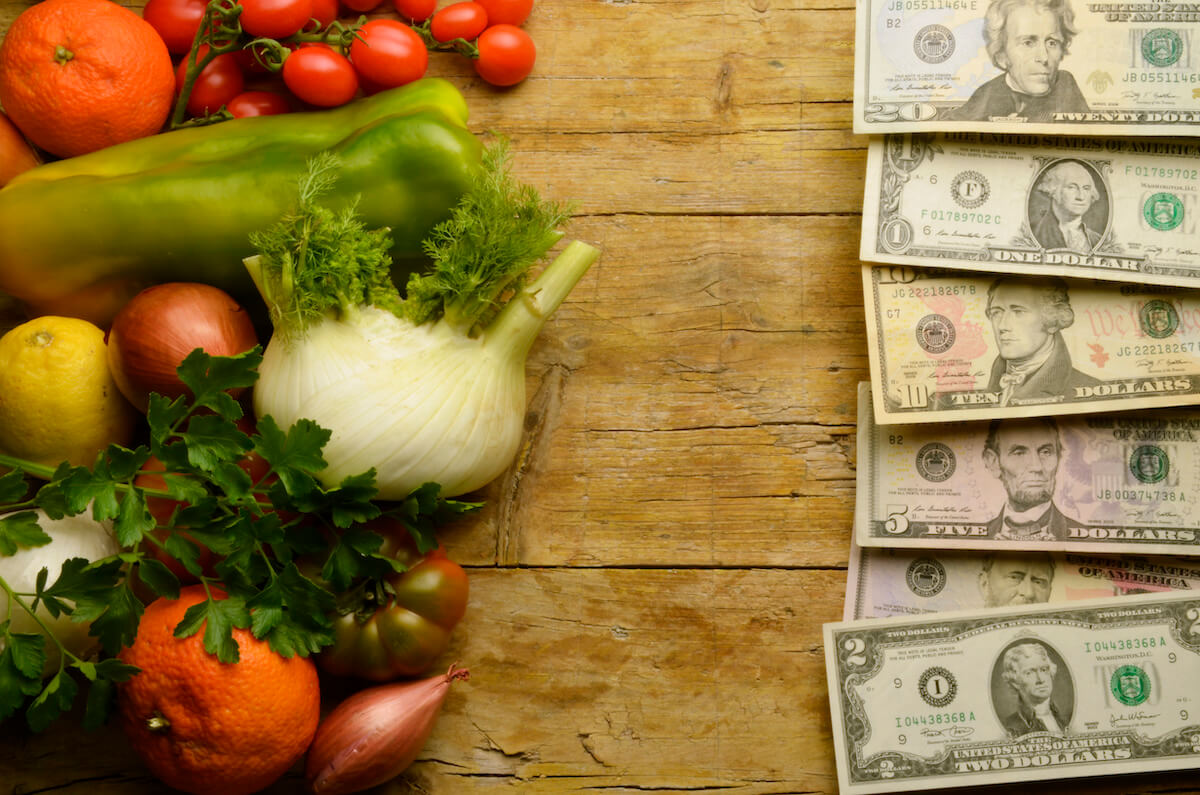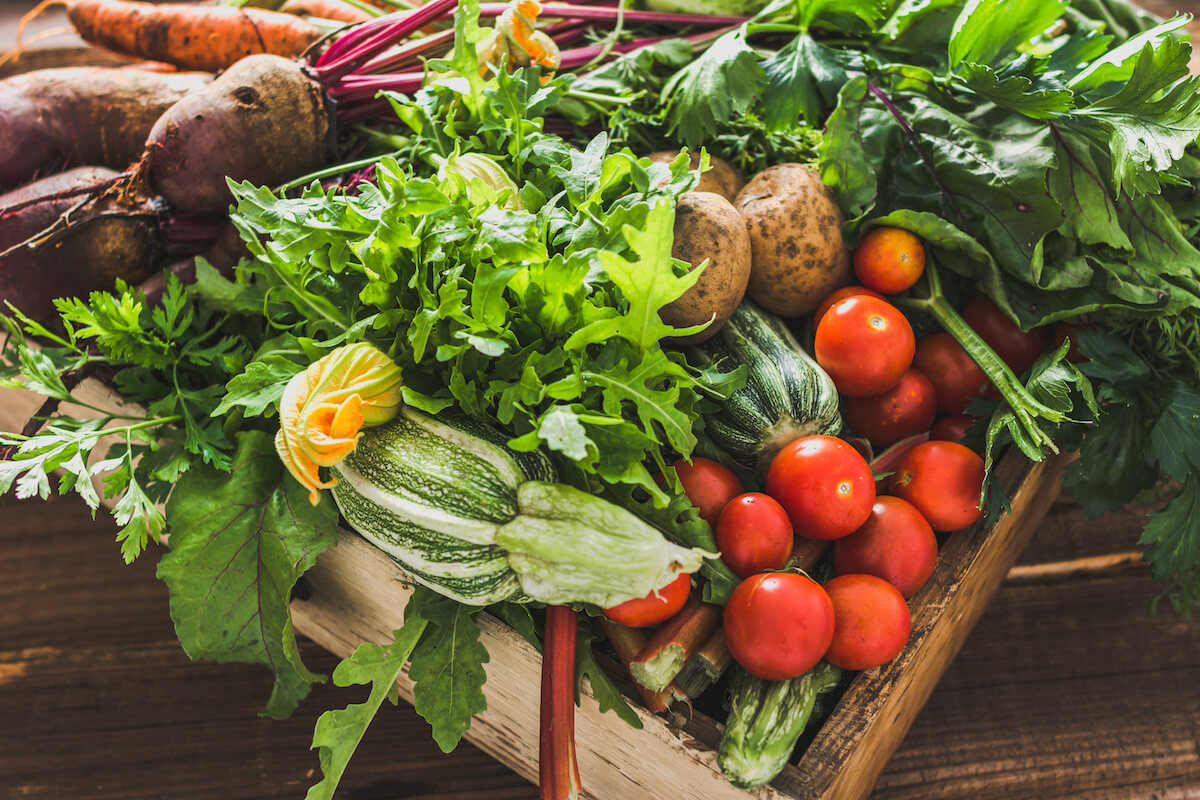How to manage your rising restaurant costs
Restaurant owners anywhere in the world will be keenly aware of the recent rising costs of their supplies—from food costs and durable goods like kitchen equipment to labor costs and more.
Across the board, restaurant costs are skyrocketing, so restaurants raising prices is a natural reflection of this unfortunate economic reality, which has been exacerbated by the pandemic. Price increases are everywhere, and everyone knows it.
While statistics are valuable—and we’ll cover some, for sure—the trouble with inflation is that statistics quickly become dated, and we don’t want this article to become obsolete before it’s posted. So, while we’ll spend a little time on the current reality of economic conditions, we’ll spend most of our time exploring ways for owners in the restaurant industry to navigate increasing restaurant expenses while keeping their businesses viable in a time when higher costs are universal.
Check out our other resources if you’re looking for tips on making a business plan, determining your menu pricing, or attracting and retaining labor in a tough labor market.
For now, however, we’re looking at how the average restaurant can thrive rather than just survive in these wild times—though survival in itself is commendable, especially for a new restaurant.
Ready to explore restaurant costs and find out why restaurants everywhere (it’s not just you!) are raising prices? Let’s dive into rising restaurant prices.
The current situation with restaurant costs

As of this writing, inflation is at more than a 40-year high. That’s according to the Bureau of Labor Statistics (and many other agencies, both governmental and non), which has a fun little tool you can use to figure out just how much inflation has occurred over recent decades as well as the last year or even the last month.
That the Consumer Price Index (CPI) alone shows significant inflation tells a part of the story, but not all of it. The rest is left up to other metrics like the producer price index (PPI), gas prices, labor prices, housing prices, transport prices, and good ol’ common sense. Anyone who’s been to a grocery store recently knows that higher prices are here to stay.
Labor costs also affect restaurant owners. Twenty-one states raised their minimum wage on January 1, 2022. For restaurants, that means increased labor costs due to increased hourly wages. We don’t have an opinion on increasing minimum wages, as it’s not our place to do so—but these are figures that affect restaurant costs.
In addition to rising labor costs, restaurateurs will be keenly aware of increased costs of goods, especially foodstuff. This is due to disrupted supply chains, and we can’t yet predict when or if things will go back to normal.
This throws many aspects of managing a restaurant into disarray, including food cost percentage, inventory management, freezer capacity, cost of goods sold (COGS), and more. To put it bluntly, restaurant owners are dealing with one of the most complicated situations in generations, regardless of the type of restaurant they run—this includes fast food restaurants.
If you manage to get through this while keeping your bottom line intact, or better yet, improving it, we’d love to hear how you did it. Until then, here are our best tips for reducing your restaurant costs.
Managing food costs

One of the best ways for restaurant owners to handle rising costs is to tackle food costs. There’s not much to be done about fixed costs like ovens or labor costs — beyond cutting staff and lowering productivity, which isn’t viable for most business owners. Cut out your dishwashers, and you’ll quickly find out just how vital their job is. So, food costs are an excellent place to start.
Food prices are one of the first places customers look when they decide where to dine. Price hikes are unpalatable, yes, but if your food is palatable patrons will be forgiving—since rising prices are universal. Managing your food costs will help both you and your loyal or soon-to-be-loyal patrons.
A brief note: This article is written under the assumption that restaurant owners have the ability to change their menu and pricing at will, which will not be true for franchise owners at fast-food chains like McDonald’s or Chipotle. If you’re in such a situation, we hope that your parent company will guide you well.
Buying local and fresh
Ensuring that as much of your food comes from local, fresh sources as possible is one of the best ways to avoid economic factors like rising transportation costs. Partnering with local farmers for in-season produce and locally raised meats could allow you to bypass wholesalers and take your restaurant as near to a farm-to-table concept as your geographic circumstances allow.
Food trends are headed that direction anyway, and many customers will already be excited about the idea of food that comes from farms and providers near them. Basing menu items around seasonality has long been a staple of the restaurant industry—in fact, only for the last few decades have we had a truly nationalized food distribution service.
Relying on fresh, seasonal food improves your cost margins and the taste of menu items. It’ll also improve the functionality of your restaurant in general. If you’re concerned about supply chain issues, going local and seasonal could help you avoid shortages.
Seasonal prix fixe menus can also help you take advantage of food that’s available and affordable in your area at a given time of year. Fresh vegetables and fruits are always cheaper than out-of-season ones because they don’t need to be imported. That means the food changes hands fewer times, meaning fewer middlemen, meaning fewer cuts taken on the price of goods. The more food needs to travel, the more hands it passes through—leading to higher prices for everyone.
Asparagus is often imported from Peru and Ecuador when it’s out of season in the US, for example, leading it to be one of the most expensive out-of-season vegetables in any kitchen. At the same time, there are plenty of vegetables available in North America in the winter, so swapping asparagus for a more seasonally-available item like winter squash would reduce costs for the kitchen and for customers.
Here’s how a local partnership works in practice: For meat, it means contacting local farmers for the best deals possible on fresh meat and stocking your freezer with things like beef when the price is right. For vegetables, making close deals with vegetable vendors can reduce operating costs because it cuts out the middleman.
Partnering with a local rancher, for example, can give you access to the freshest meat possible. The same goes for vegetables. If trends continue to play out as they are right now, a move toward a more locally-based food economy will be one of the most significant changes of the next decade.
Full-service restaurants and, indeed, restaurants of any variety can benefit from making this move sooner rather than later. Sure, you’ll likely never be able to source local flour and corn at prices below what you’d get from a wholesaler, but finding fresh vegetables and meats from local vendors can be a net positive. This is how regional cuisines around the world developed to begin with, so it’s more of a return to form than a new concept.
In addition to keeping a menu simple and low-cost, relying on seasonally available food also gives you a leg up in the social media world.
How, you ask? Simple: People like to hear that their food comes from local, fresh, and sustainable sources. Those aren’t just buzzwords, they can be the basis of the great branding that has long made some restaurants, well…great. Advertise those things and you may reach a new customer base.
Scaling back your menu
If a restaurant relies on an enormous menu to survive, it’ll be among the worst affected by supply chain issues. Minimizing your menu and changing it regularly depending on what’s available not only keeps your menu fresh, it can also lower the average cost per plate and increase your income per square foot—simply because you don’t have to spend as much on inventory management.
Old or freezer-burned products are no use to anyone. Minimizing your menu reduces waste while keeping your profit margins as healthy as possible.
So, do you have an item that’s simply not available? Nix it. Your customers will understand. After all, you’re not the only one who’s experiencing rising costs and shortages. On a personal note, when I ran my own restaurants, I made sure to keep my menu to 10-15 items maximum to maintain freshness and ensure quality.
Making use of your POS system

A point of sale (POS) system is an impact multiplier: A POS system helps restaurateurs get the most out of their sales information by collating it and presenting it in a digestible fashion.
Data has always been crucial in the restaurant business, but it’s never been as accessible as it is now. Pair it with powerful software, like Yelp’s FOH suite, and you’ll be able to make more profitable decisions about your menu—from knowing what customers regularly order, to which orders are the most valuable, and much more.
For those just starting out, a good POS system is one of the most valuable things to factor into your restaurant startup costs because the data it provides can ensure you remain profitable.
Turn to Yelp for help
Looking to get ahead and stay ahead? Of course you are. We’re here to help, and we’ll provide you with a veritable software arsenal to keep your restaurant ahead of the curve and ahead of the competition.
Want to see how our variety of software might be right for you? Reach out to us for a free demo. We’re deeply embedded in the restaurant industry and are keenly aware of what’s going on. We want to help more restaurants survive and thrive in these unprecedented times.